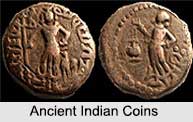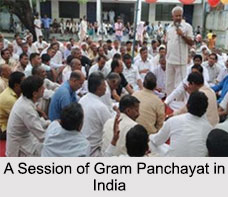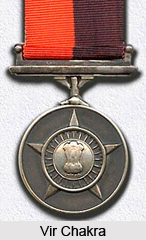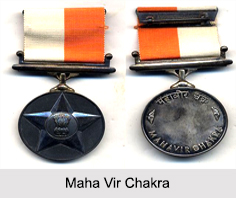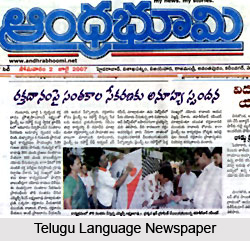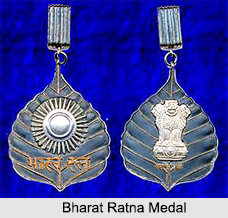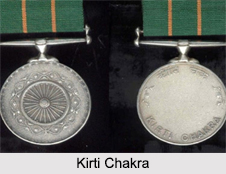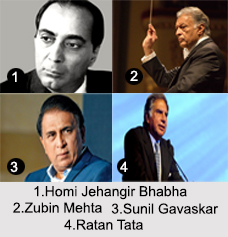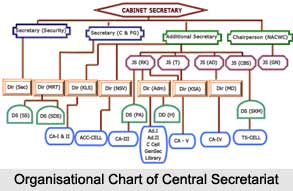 The Central Secretariat is a collection of various ministries and departments. But the Cabinet Secretariat, which is in reality a ministry comprising more than one department, is still known as the secretariat. A ministry is the charge allotted to ministers. This may include one or more departments depending upon administrative convenience, each under the charge of a secretary. A department on the other hand is an organizational unit consisting of a secretary to government together with a part of the central secretariat under his administrative control on which the responsibility of performing specific functions has been conferred. Thus technically, a department should be identified with a secretary`s charge and a ministry with a minister`s charge. However, this distinction is not always maintained. Thus, if a ministry has more than one department within itself, it may have more than one secretary in which case there will arise the need for making one secretary superior to other secretaries who will represent the ministry.
The Central Secretariat is a collection of various ministries and departments. But the Cabinet Secretariat, which is in reality a ministry comprising more than one department, is still known as the secretariat. A ministry is the charge allotted to ministers. This may include one or more departments depending upon administrative convenience, each under the charge of a secretary. A department on the other hand is an organizational unit consisting of a secretary to government together with a part of the central secretariat under his administrative control on which the responsibility of performing specific functions has been conferred. Thus technically, a department should be identified with a secretary`s charge and a ministry with a minister`s charge. However, this distinction is not always maintained. Thus, if a ministry has more than one department within itself, it may have more than one secretary in which case there will arise the need for making one secretary superior to other secretaries who will represent the ministry.
A ministry is responsible for the formation of the government policy within its sphere of responsibility as well as for the execution of that policy. Thus in terms of internal organisation, a ministry is divided into the following segments within an officer in charge of each of them to expedite matters:
Department- Secretary/Additional/Special Secretary
Wing- Joint/Additional Secretary.
Division- Under Secretary.
Section- Section Officer
The lowest of such units is the section in charge of a Section Officer and consists of a number of assistants, clerks, "Daftaries," typists and peons. It deals with the work relating to the subject allotted to it. It is also referred to as the Office. Two sections constitute the branch which is under the charge of an under secretary, also known as the Branch Officer. Two branches ordinarily form a division which is normally headed by a deputy secretary. When the volume of work in a ministry exceeds the manageable charge of a secretary, one or more wings are established with a joint secretary in charge of each wing. At the top of the hierarchy comes the department which is headed by the secretary himself or in some cases by an additional/ special secretary. In some cases, a department may be as autonomous as a ministry and equivalent to it in rank.
The functions and role of such officers are:
Secretary
A secretary is the administrative head of a ministry or department, as the case may be. He is the principal adviser to the minister on all matters of policy and administration within his ministry/department before the parliamentary committee on public accounts.
Special Secretary
There is no clear or well-defined principle or rule underlying the appointment and rank and pay of a special secretary. However, there are a few posts of special secretaries for which pay is determined in each case on merit.
Additional Secretary
The officer next in hierarchy to the secretary was the deputy secretary but in course of time new levels of joint/additional or special secretaries were formed. These posts may have been created originally to relieve the overburdened secretary of some portion of his workload; but more often than not these posts have been created to reward some senior joint secretary by raising both his salary and rank.
Joint Secretary
Where the volume of work in a ministry exceeds the manageable charge of one or more wings, the joint secretary is vested with the maximum measure of independent functioning and responsibility in respect of all business falling within his wing, subject, however, to the general responsibility of the secretary for the administration of the ministry as a whole.
Director
This post is comparatively a new addition and was created in 1960. It is not much different in terms of responsibilities from that of a deputy secretary.
Deputy Secretary
A deputy secretary is an officer who acts on behalf of the secretary. He holds charge of a secretariat division and is responsible for the disposal of government business dealt with under his charge.
Under Secretary
An under secretary is in charge of a branch in a ministry and exercise control both in regard to the despatch of business and the maintenance of discipline.
Officer on Special Duty
This is an old device to accommodate certain persons or to meet unexpected emergency but has been found useful to practising administrators. The post is not indicative of any status.
Office
The permanent office of the Secretariat is an essential component of its functioning. It is very important that an officer should be able to rely on his office to supply him with such materials as he may need and to assist him in preserving continuity of administration. The office consists of section officers, assistants, upper division clerks and lower division clerks, typists, stenographers and Class IV (Gr. D).







